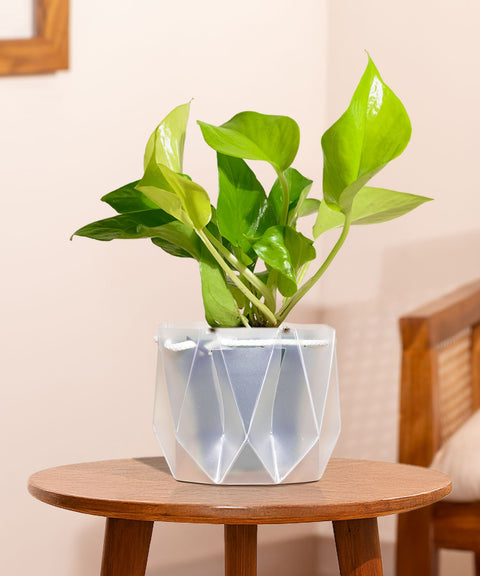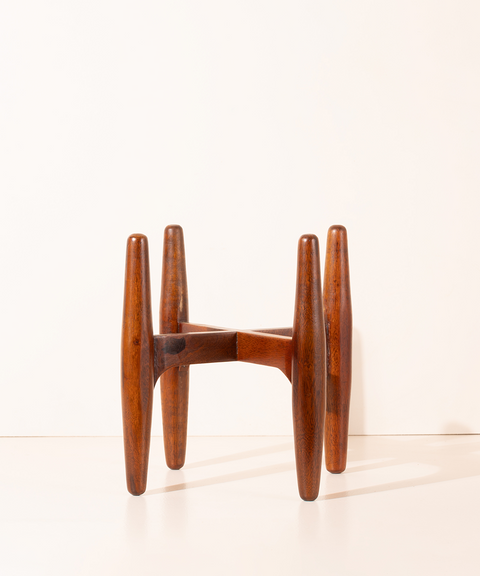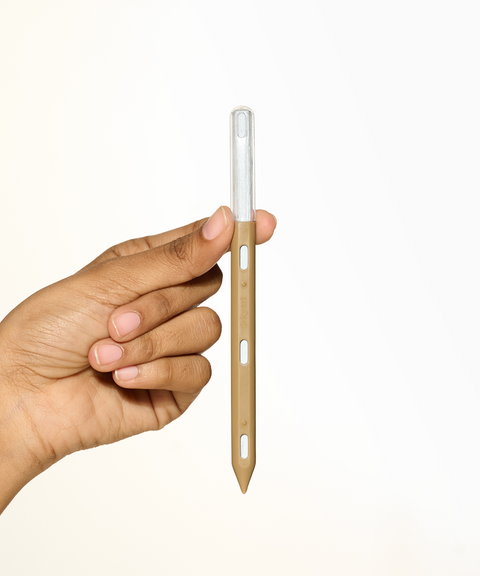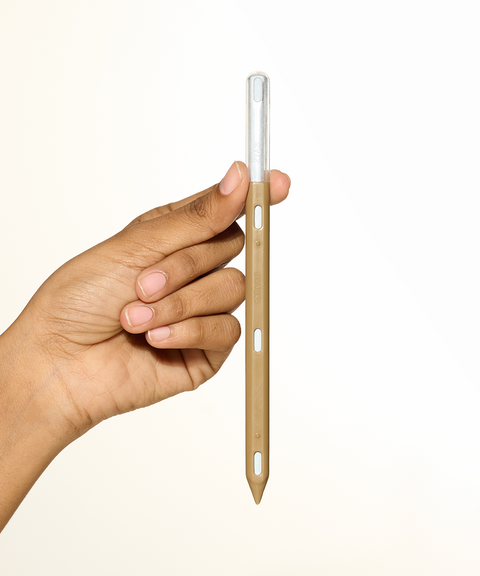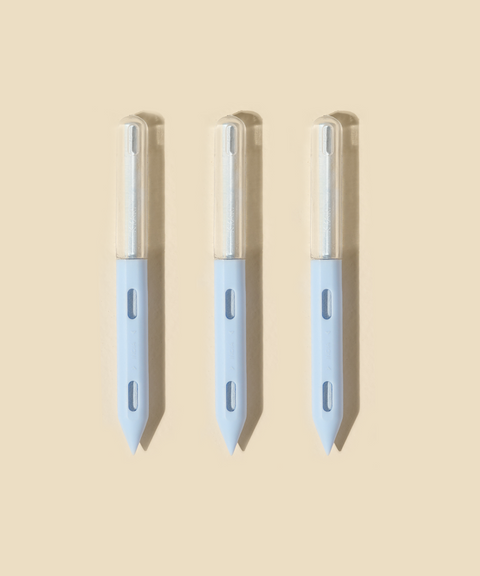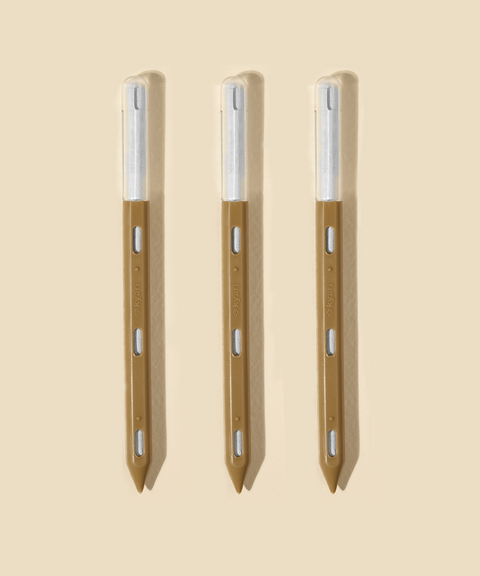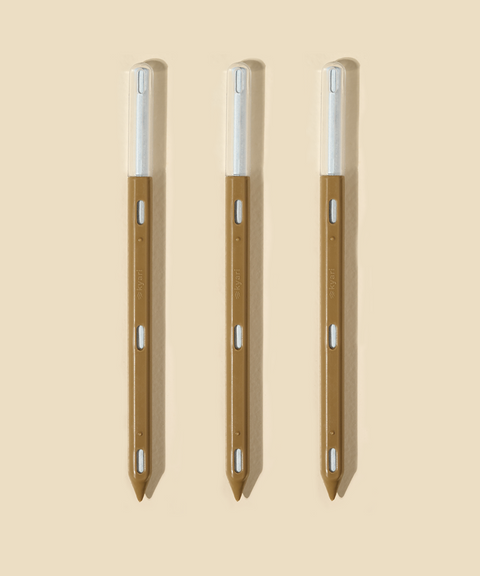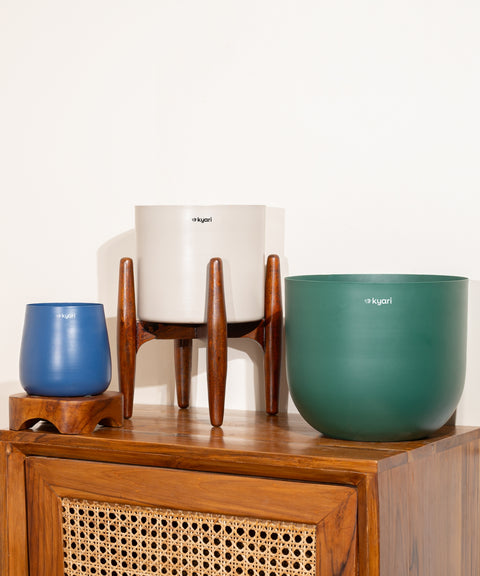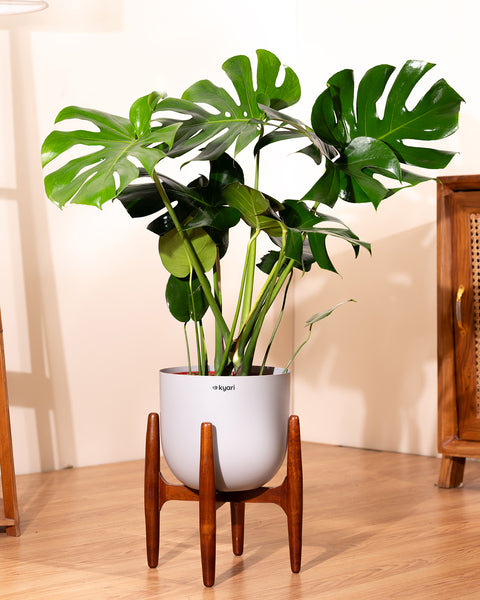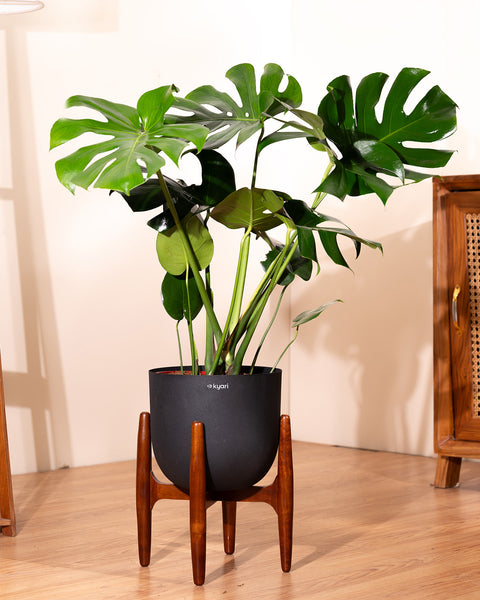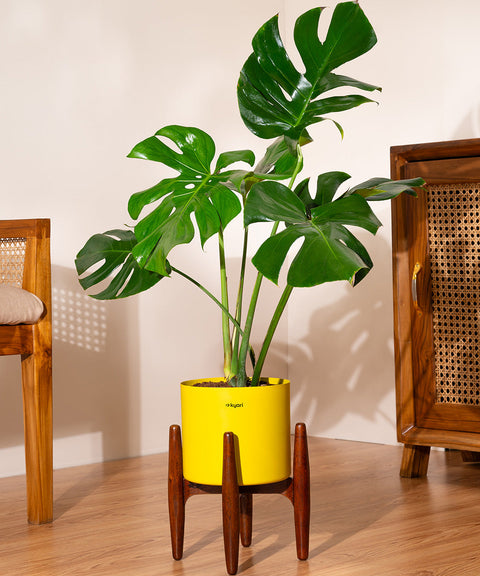Indoor palm plants are a popular choice for indoor gardening as they look lush and tropical and are pretty easy to take care of. They can turn any room into a green getaway, bringing nature and style to your home. Whether you are a seasoned gardener or just a beginner, palm house plants can freshen up your living space.
Through this quick guide, Kyari brings you several types of indoor palm plants, their benefits to our environment, and some tips for their healthy care.
Types of Indoor Palm Plants
Exploring different indoor palm species can help you pick the right plant for your home. Each type has its own traits and needs for care, so it's essential to know what each palm brings to the table.
Areca Palm Plant
The Areca Palm Plant is a top pick among the varied types of indoor palm plants because of its feathery, arching fronds. The areca palm indoor plant benefits are many like it has an impact on air quality and brings a tropical vibe to your space.
- Growth Characteristics: Can grow up to 7 feet indoors and spread around 3 feet.
- Light Requirements: Prefers bright, indirect light.
- Watering Needs: The soil should stay a bit damp but not waterlogged.
- Soil Preferences: It needs a potting mix that drains well.
- Maintenance Tips: Wipe the leaves often to get rid of dust and allow airflow.
Kentia Palm
The Kentia Palm stands out for its elegant curved leaves that create a calm atmosphere.
- Growth Characteristics: Grows up to 10 feet tall and spreads 6 feet wide.
- Light Requirements: Survives in low light but does best in bright indirect light.
- Watering Needs: Add water when the top layer of soil feels dry.
- Soil Preferences: Needs well-draining potting soil.
- Maintenance Tips: Cut off dead fronds to help new growth.
Majesty Palm
The Majesty Palm brings a tropical feel to your home with its majestic fronds.
- Growth Characteristics: This plant can reach a height of 10 feet and spread out to 5 feet.
- Light Requirements: It thrives in bright light that does not hit directly.
- Watering Needs: The soil should stay damp but not soaked.
- Soil Preferences: It flourishes in rich soil that drains well.
- Maintenance Tips: To boost humidity, spray water on the leaves.
Pygmy Date Palm
The Pygmy Date Palm fits well in tight spaces due to its small size.
- Growth Characteristics: Reaches a height of 6 feet and spreads to 5 feet.
- Light Requirements: Does best in bright light that's not direct.
- Watering Needs: Add water when the top 2 inches of soil feel dry.
- Soil Preferences: Needs a potting mix that drains well.
- Maintenance Tips: Cut off old fronds to keep them looking good.
Sago Palm
The Sago Palm stands out as a special decorative palm with stiff fronds that look like feathers.
- Growth Characteristics: Reaches a height and width of 3 feet.
- Light Requirements: Does best in bright light that's not direct.
- Watering Needs: Let the soil dry between waterings.
- Soil Preferences: Likes sandy soil that drains well.
- Maintenance Tips: Be careful when handling, and avoid close proximity as the plant is toxic and can cause sickness if ingested (by mistake).
Lady Palm
The Lady Palm stands out as a stylish pick known for its leaves shaped like fans.
- Growth Characteristics: These plants can reach heights of 6 feet and spread over a width of 4 feet.
- Light Requirements: They thrive in low to medium light conditions.
- Watering Needs: Maintain even soil moisture.
- Soil Preferences: Use a well-draining potting mix.
- Maintenance Tips: Do not overwater to avoid root rot.
Also Read - 11 Plants to Enhance Positive Energy in Home & Bring Good Luck
Benefits of Growing Palms as Houseplants
Palms as houseplants have many advantages, making them a valuable addition to your indoor garden. They boost your home's visual appeal and help create a healthier living space. Let’s look in detail at how these indoor palm varieties benefit your surroundings:
Air Purification
Indoor palm species have an influence on air quality by filtering out pollutants. If you are looking for another plant that offers excellent air purification.
Humidity Regulation
These plants play a role in keeping humidity levels steady, which helps both your health and the plant's well-being.
Aesthetic Enhancement
Ornamental palms can turn any room into a beautiful and calming space with their green leaves and graceful look. Putting them in a stylish pot, like the Floral Cylindrical Pot with Stand, can add to the aesthetic appeal of your palm house plants.
Tips for Caring Palm House Plants
Good care helps your palm house plants grow well and stay healthy. Here are some key tips for indoor palm plant care and nurture:
Watering Schedules
Set up a regular watering routine to keep the soil damp but not soaked. Too much water can rot the roots, so let the soil dry between waterings.
Light Exposure Tips
Make sure your palm plants for home get the right amount of light for their needs. Most indoor palms like bright indirect light, but some are more adapted to low light conditions.
Humidity Requirements
Boost humidity around your plants by spraying the leaves or using a humidifier. Palms do well in humid places, so keeping enough moisture is key to maintaining their health.
Safeguarding from Common Issues
Check your plants often for bugs and diseases. You might see spider mites, scale, or mould problems. Watch for signs of trouble and fix them to keep your plants in good shape.
Also Read - 15 Water Plants to Beautify your home
Conclusion
Plants like indoor palms are great for adding greenery and a touch of tropics to your home. You can pick from many types of indoor palms to find one that fits your room and tastes just right.
From elegant planters to comprehensive Plant Consultation, Kyari is your go-to destination for all things related to indoor gardening. Whether you're looking to add a small palm plant to your living room or an ornamental palm to your office, Kyari has everything you need to keep your indoor palm plant thriving and your space looking beautiful.








 Limited Time Deal
Limited Time Deal
 BYOB - Small Plants
BYOB - Small Plants






























